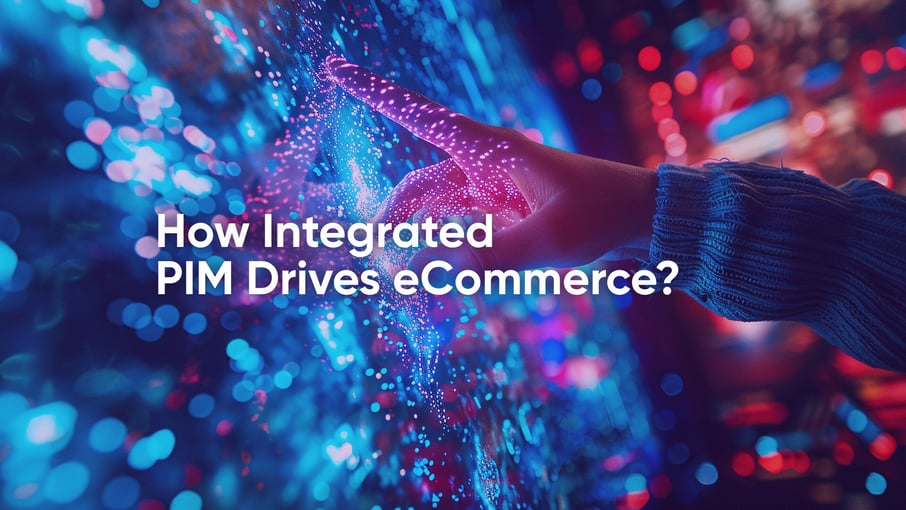
As the eCommerce space gets even more crowded, brands are competing for profitability and looking for ways to distinguish themselves from their competitors. Managing and presenting products well in front of the customer has become a significant part of this exercise.
Product Information Management & eCommerce: Made for Each Other
Product information management (PIM) acts as a one stop destination for all kinds of product data amassed from a variety of sources to conduct business more efficiently. Whether it’s about managing inventory at multiple locations, optimizing shipping, automating routine tasks, giving your company a competitive advantage by introducing customer-centric product catalogs or quick marketing promotions, PIM can offer the requisite support to your eCommerce endeavors.PIM for eCommerce: Main Features
1. Customized Attribute Management
PIM lets you store your customized product information using attributes. It saves your time drastically by turning them into assignable sets to enrich your product data. Enterprises can hand-pick from an array of data formats and options to publish.
PIM lets you store multiple data formats such as date, text, multi-select, select box, or markdown. Attributes can be assigned to products either in sets or individually; this facilitates segmentation, organization, and merchandising via advanced search by attribute value while ensuring workflows are customized using display groups.
2. Superior Category Management
Product categorization is irreplaceable in ensuring a great customer shopping experience. PIM offers advanced category management tools paving the way for independent category schema regarding hierarchical classification, publication channel, and wide-ranging SEO data comprising description, metadata, and images. PIM supports channel-specific schema using many root-level categories. Various views list the categories while showcasing product count and channels. PIM enables the control of category visibility on various published networks (that may be needed) for re-creating promotional offers.
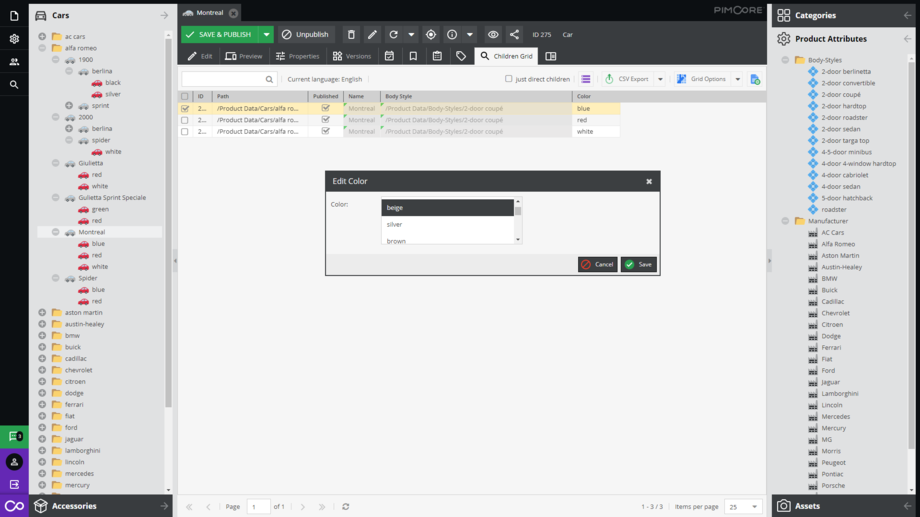
3. Batch Product Modifications
The batch product modifications are made possible with the batch product editor’s help, permitting users to carry out several edits without having to export data to any 3rd party source. It amplifies users’ efficiency by letting them perform batch edits on various fields such as, set status, adding or removing categories and tags, enabling or disabling channels, modifying product name, description or warranty information, adding attribute sets, and a lot more.
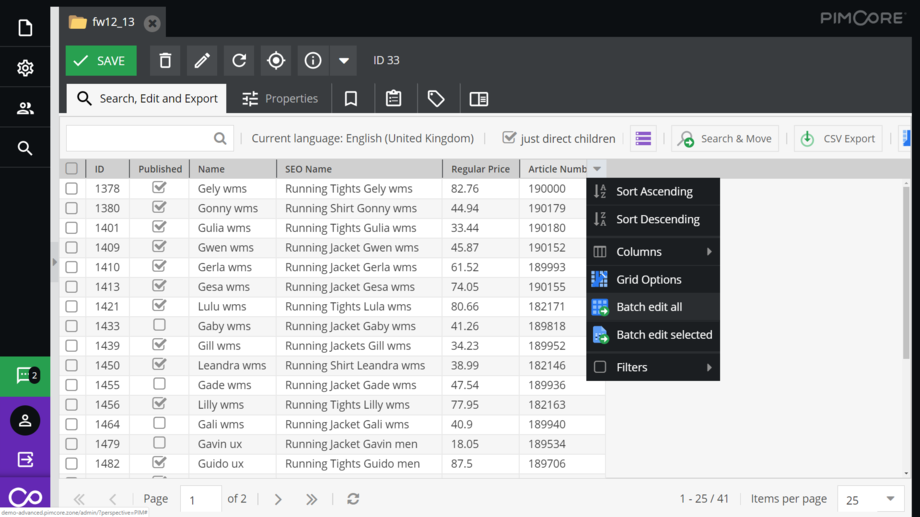
4. Automated Promotional Pricing
Setting a price schedule once and for all helps you prepare and supervise a variety of sales promotions from inside PIM only. For instance, maintaining consistent selling prices on products while lining up a promotional price to appear automatically on your channels on an upcoming day is easily made possible. And once the offer ends, products go back to their original pricing. Therefore, PIM gives you the ability to seamlessly automate promotional pricing right up to the minute you need it, followed by a return to its earlier price.
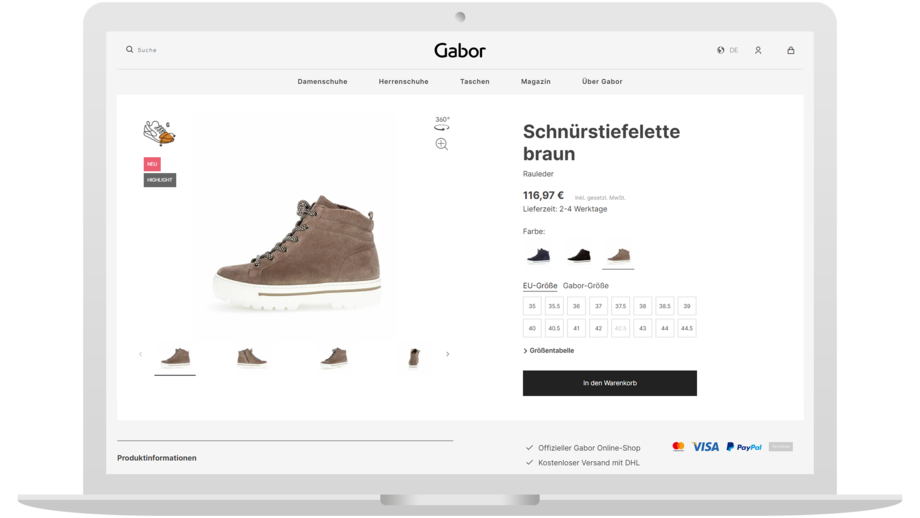
5. Managing Roles and Permission
Every modern-day PIM offers its users a set of permissions to enable administrators to customize the accessibility features for their team members. It helps them define roles and permissions so that clearances to view/edit data only stay with selected individuals. It is done for teams to collaborate and co-operate better and to contribute towards higher productivity. These authorizations allow individuals only to see information relevant to them, keeping any sensitive data (they are not supposed to see) out of their sight and reach.

6. Customized Product Relationships
Most modern-day PIMs help you create and manage customized product relationships. In other words, they help you connect products with each other using numerous association directionalities for cross-selling and upselling opportunities. Attributes can also be added to product relations, like bundle quantities and SKUs.
Product relationships can be:
- One to one- They offer a ‘newer version’ of a product (as a substitute)
- One to many- They create upsell opportunities for a product
- Many to many- They develop cross-sell compatible products (i.e., similar products which were viewed and bought)

7. Multi-region Version Management
PIM drives omnichannel selling in multiple regions (to support multiple languages and currencies) by creating various product content versions and assigning publication channels specifically to each version. PIM system permits the publishing of diverse, multilingual content to storefronts and marketplaces from the same repository of product data. PIM lets you alter product data for selling globally. It helps you with channel-specific version publication control, store multiple names, marketing information, attributes, and descriptions on a single product page, and use versions for localization in languages.
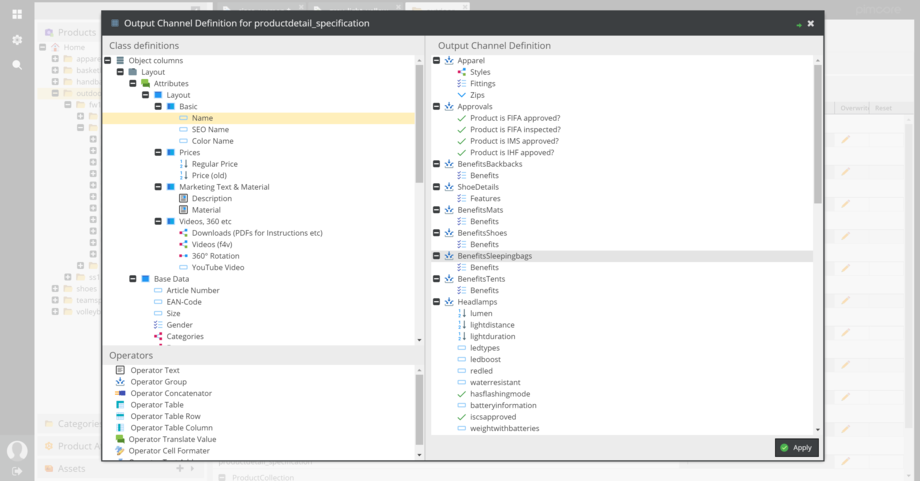
8. Effective Digital Asset Management
DAM (Digital Asset Management) is an integral part of a PIM system, which helps you store all your media assets, including images, videos, documents, graphics, animations, illustrations, logos, audiovisual content, and other multimedia content. PIM lets you manage the order of your asset publication, set specific image titles, and alt text. Assets can be put for publishing, referred by URL, or put to internal use. Assets that aren’t images, such as product pdfs, documents, and design files, can also be uploaded.
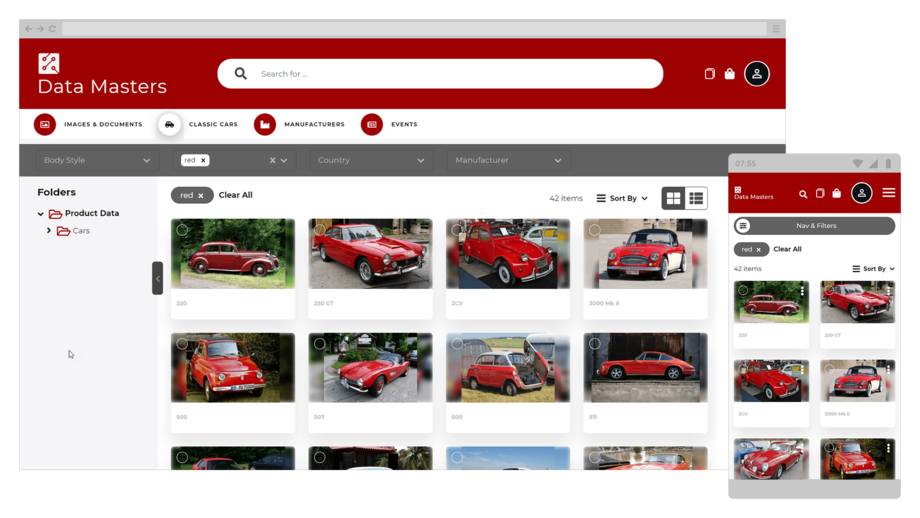
PIM eCommerce Solution: The Benefits
1. Standardize Product Information with Ease
A single version of all product information not only offers one view of all product data but eases searches, updates, and publishing of product information across channels. It helps you develop validation rules so that product categories and attributes can adhere to a standard format. This validation shields the consistency of product catalogs, warding off expensive and avoidable discrepancies in product content. Apart from the structure of product data, standardization also benefits in omnichannel product launches.
2. Standardize Product Information with Ease
With PIM, enterprises can create channel-specific business rules to develop different publication readiness thresholds and comply with the channel’s exact requirements. Many marketplaces and retailers often ask manufacturers and distributors to adhere to their varying information needs. For instance, one product may need three high-res images and one product video, another six high-res images and a pdf user manual. A PIM helps businesses quickly juggle between different business logics in systems and apply it at scale.
3. Quick New Product Launches
In a PIM, business process management and workflow offer the right flexibility to organize structured and unstructured data for different purposes. It facilitates automation for business users and helps reduce time-to-market by creating advanced rule engines, putting the right checks and validations to activate notifications and workflow steps. Finally, it updates the suitable channel once they meet the least threshold of preparation; this tremendously avoids product launches’ delays.
4. Merchandise Products Effectively
PIM can provide merchants with valuable product insights on its dashboard, i.e., the impact of adding any digital assets or any new description can be easily quantified. Data can be retrieved on clicks, views, shopping cart analysis, customer feedback about similar products so that merchandisers can comprehend how to best build a narrative around a product or a product category. By giving this room for experimentation, PIM helps in improving the overall salability of products.
Pimcore PIM backs Customer Experience Management via
1. Customized Integrations
Pimcore’s open-source product information management (PIM) is powered by exceptional API-led connectivity, which aggregates product data from sources like CRMs, ERPs, PLMs, OMS, legacy systems, hard drives, and 3rd party applications. It generates a 360-degree view of data at one particular location to enable efficient management of complex or large product lines.
2. Flexible Workflows
Whether it’s about designing a promotion, handling multilingual catalog translation, cross-channel product offering synchronization, Pimcore PIM ensures that various teams involved and accountable for developing and amending separate elements of product information collaborate on, assist, approve and manage product-related processes. Pimcore PIM provides you with customized views, workflow messages, and notifications.
3. Unified Commerce
By keeping the information consistent across various online channels as well as traditional offline channels, Pimcore PIM provides a never-ending 24/7 engagement aimed at creating a unified commerce experience for customers. Pimcore PIM makes product data models in no time. It also synchronizes product-related information and attributes like price, in-stock status, and promotes offers across channels in no time.
4. Effective Syndication
Pimcore PIM gathers and standardizes product data of any sort from any source. It then allows access to all the stakeholders to tailor content, carry out customizations and optimizations. It then ensures the distribution of product catalogs in any format or market and to any channel. Currently, Pimcore supports data syndication to 2 000+ sales channels and marketing platforms.
Pimcore PIM Works Best with Global eCommerce Platforms!
Pimcore PIM can be easily integrated with best-of-breed eCommerce platforms. From storing SKUs, creating logical groupings of products (primary and secondary associations), providing flexible views (including hierarchical and categorical), developing enhanced search ability to improving scalability, and a lot more, Pimcore PIM is the best ally for today’s advanced eCommerce platforms.
1. Pimcore PIM with Magento:
Pimcore’s 100% API-driven architecture helps Pimcore PIM integrate with Magento effortlessly. Pimcore’s API-based integration facilitates data generated and product data-model created in Pimcore PIM (having attributes, categories, families, and product models) to be easily exported to Magento’s front-end. Pimcore’s robust GraphQL API for PIM permits a two-way data communication offering permission settings and advanced access at various levels. It offers incredible amount of simplicity and stability of the data at the backend. Being based on open source standards Pimcore’s stable and comprehensive APIs offers unlimited options to innovate.
This API-led Pimcore PIM and Magento integration helps create, update, and manage product data inside PIM’s admin dashboard with speed and scalability.
Read more about Pimcore Magento Connector
2. Pimcore PIM with Shopify:
Pimcore PIM integrates with Shopify perfectly. It exports products, categories (as custom collections), product images as well as meta fields. It helps map category fields and product fields from Pimcore PIM to Shopify. The open source platform enables the import and export of catalog data between Pimcore PIM and Shopify’s online shop quite easily. The data can be categories, quantity, SEO, price, and much more. Products that need to be exported to Shopify can be easily filtered.
Digital commerce with Shopify and Pimcore
Pimcore PIM can synchronize product information on Shopify’s several instances for multiple regions (including languages and prices) with the help of Pimcore’s localized fields; this is made using Pimcore PIM’s dedicated classes and field collections.
Pimcore PIM lets you map product attributes, export categories as collections, connect multiple stores, export multiple images, products, and products’ variants.
Main features of Pimcore PIM and Shopify integration:
- Syncing multiple stores of Shopify with Pimcore
- Creating separate settings for each store
- Mapping Pimcore PIM’s object to Shopify’s custom fields
- Mapping categories’ data from Pimcore to Shopify
- Sending numerous product images to Shopify
- Categories can be exported as collections in Shopify
- Product data, including variations, can be exported
- Sending multiple prices for products is possible
- Simple and configurable products can be exported to Shopify
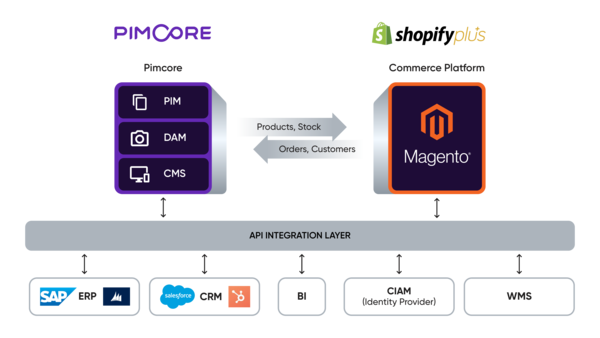
Why Implementing Pimcore PIM System for eCommerce is your best choice?
1. Lightning Fast Time-to-Market
With Pimcore PIM enterprises automate the collection of unique product data, thereby meeting multiple channels’ needs, cutting product onboarding time. It not only improves operational efficiency when dealing with complex product information under sensitive timelines
2. Customer Retention & loyalty
Pimcore PIM steps-up brand consistency and brand presence, directly affecting enterprise perception and recall. By disseminating high-quality data to a plethora of channels, Pimcore PIM tailors excellent product experiences, boosting customers’ confidence in the brand.
3. Higher ROI
By doing away with tedious manual tasks, Pimcore PIM cascades enriched product information to various channels faster, efficiently, and in a less resource-intensive manner. Moreover, the open-source nature of Pimcore PIM offers a lower total cost of ownership (TCO), boosting overall enterprise ROI.
A Recent Success Story of Pimcore PIM platform with Magento
Pimcore helped a leading enterprise that designs, manufactures, and markets branded automotive accessories; it has close to 100 patents, six manufacturing units, and a noticeable presence across North America. Since their business grew organically and through acquisitions of several smaller brands, their data was scattered across many disparate data sources and ERP systems; each of these brands was managed by different eCommerce platforms.
The enterprise wanted to consolidate and bring all of them on a single eCommerce platform, i.e., on Magento, to offer a seamless customer experience to its users. Pimcore PIM consolidated all their product data on a single platform at the backend and connected it with Magento through an API based integration (to send and receive data). On a single Magento platform, Pimcore created different brand stores.
So, Pimcore PIM enriched and validated the product data and pushed it seamlessly on Magento’s frontend as and when the request was made. Put differently, Pimcore PIM automated the data to reach its destination brand store under the enterprise umbrella.
As a result, Pimcore PIM enabled a single Magento platform to effectively manage their multiple website frontends, which included close to 150,000 products and thousands of SKU’s per brand. This led to better productivity, ease of use, while improvement in customer experience and time-to-market.

